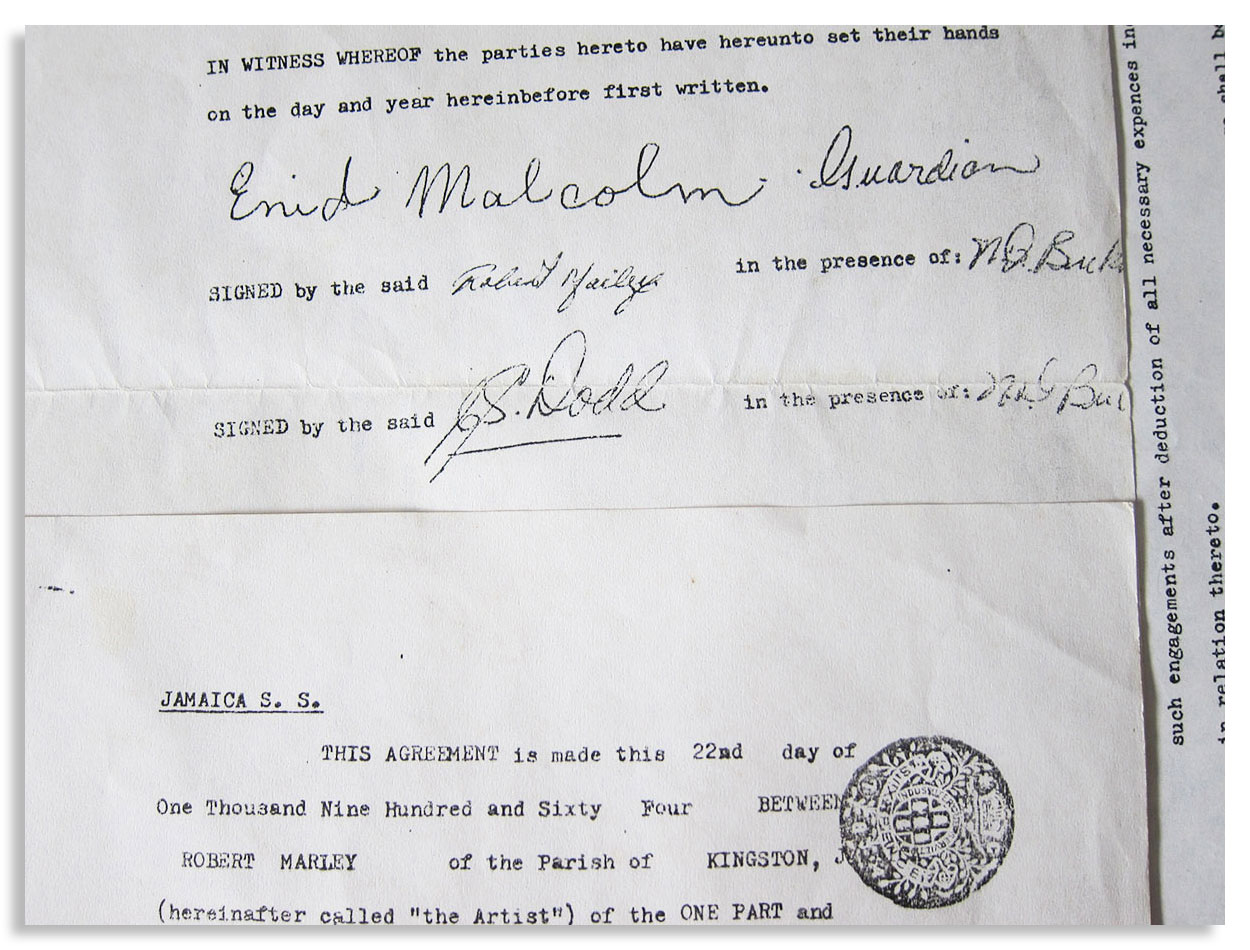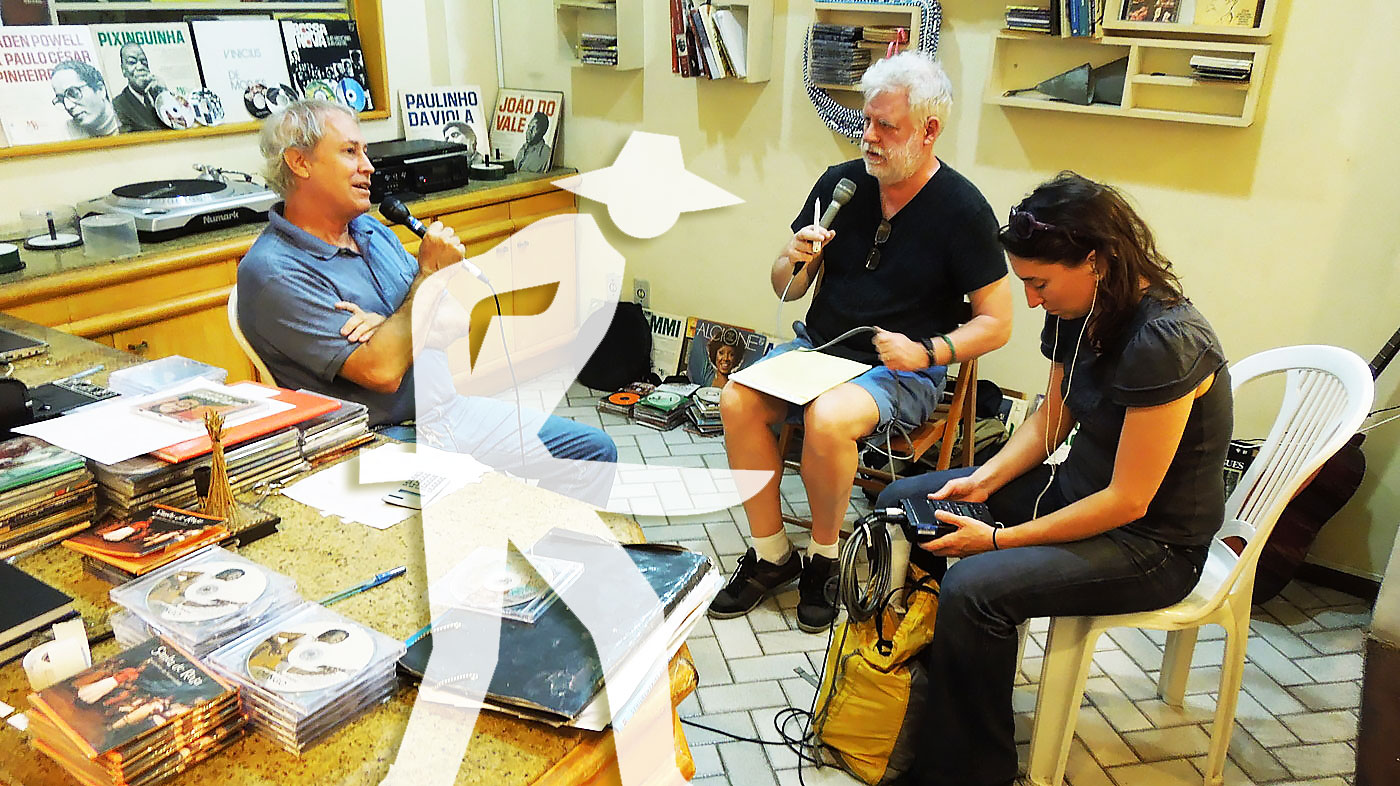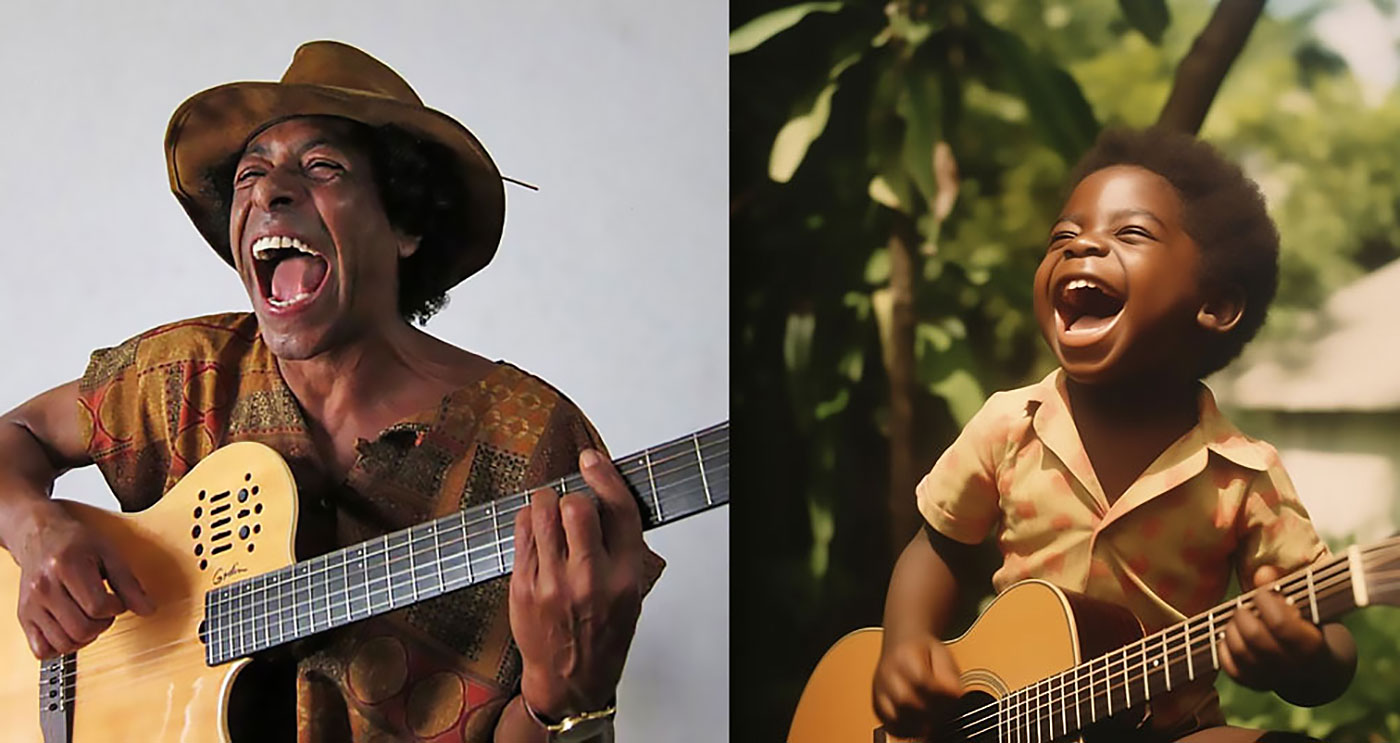CURATION
- from this page: by Augmented Matrix
Network Node
- Name: Alexia Arthurs
- City/Place: New York City
- Country: United States
- Hometown: Mandeville, Jamaica
Life & Work
-
Bio:
I was born in Mandeville, Jamaica. We moved to New York when I was twelve—my mother, like many immigrant mothers, believed that she could better provide for her three children in the States, where three of her sisters lived. As a child, moving to the United States was a fulfilled dream because I had observed that everyone believed that the U.S. was superior to any other place in the world. The realities were different, painful—I was navigating the distance from the country of my childhood, and the fact that my family wanted so badly to build a future in a country that was unwelcome to foreigners. As I grew, in some ways I recognized myself as an American and in other ways I was Jamaican. Over time, I started to explore this tension of belonging and distance through my writing. I started writing “How to Love a Jamaican” when I was twenty-four and finished when I was twenty-eight, but in a way it feels that I was writing those stories for even longer than that because I’ve been asking certain questions since I was a kid.
I’ve always loved storytelling. Growing up, my parents in the Jamaican tradition were good storytellers. As a teenager, I would read under my sheets with a flashlight. I read YA novels about white suburban teenagers, girls who were unlike me in most ways, which intrigued me. The first book that inspired me as both a reader and writer was “The House on Mango Street” by Sandra Cisneros. It was the first time I read a book that reflected my urban, immigrant life, and the kinds of people I knew.
MORE
I’ve wanted to be a writer since I was twelve. I tried for a long time to be something else, something more practical. I didn’t have the kind of economic upbringing where I could forsake everything to become a writer. I considered law school, or becoming a vet, which I might actually enjoy because I love animals. I really struggled emotionally after graduate school, when I was still living in Iowa City, working awful part-time jobs. I knew that if I moved back to New York to reunite with family and friends I would give up too much writing time in a job to make the high price of rent. There isn’t a roadmap for a creative life, and I felt especially lost coming from a family like mine, where everyone made more traditional career choices. I’m still figuring out what it means to be a creative, and to live a creative life. I feel so very grateful to share parts of myself, through my writing. If you’ve read anything I’ve written, thank you.
A LITTLE MORE
I teach fiction writing, when the opportunity arises. I’ve taught high school students at the Iowa Young Writers’ Studio, undergraduates at the University of Iowa, and I facilitated a graduate workshop at the Iowa Writers’ Workshop during fall 2018.
FUN FACT
I live with two Persian cats, Cous Cous, who is twelve years old, and Fable, who is a few months old. They make me smile every day.
Contact Information
- Email: [email protected]
- Contact by Webpage: http://www.alexiaarthurs.com/contact
-
Management/Booking:
AGENT
Jin Auh (Wylie agency)
[email protected]
US publicist
Michelle Jasmine (Ballantine)
[email protected]
UK publicist
Alice Dewing (Picador)
[email protected]
Media | Markets
- ▶ Book Purchases: http://www.alexiaarthurs.com/books
- ▶ Twitter: alexiaarthurs
- ▶ Instagram: alexiaarthurs
- ▶ Website: http://www.alexiaarthurs.com
- ▶ Articles: http://www.alexiaarthurs.com/press
- ▶ Stories: http://www.alexiaarthurs.com/other-writing
My Writing
-
Publications:
How to Love a Jamaican
Tenderness and cruelty, loyalty and betrayal, ambition and regret – Alexia Arthurs navigates these tensions to extraordinary effect in her debut collection about Jamaican immigrants and their families back home. Sweeping from close-knit island communities to the streets of New York City and Midwestern university towns, these eleven stories form a portrait of a nation, a people, and a way of life.
Alexia Arthurs emerges in this vibrant, lyrical, intimate collection as one of fiction’s most dynamic and essential authors.
Clips (more may be added)
The Matrix is a small world network. Like stars coalescing into a galaxy, creators in the Matrix mathematically gravitate to proximity to all other creators in the Matrix, no matter how far apart in location, fame or society. This gravity is called "the small world phenomenon". Human society is a small world network, wherein over 8 billion human beings average 6 or fewer steps apart. Our brains contain small world networks...
![]() Wolfram MathWorld on the Small World Phenomenon
Wolfram MathWorld on the Small World Phenomenon
![]() Matemática Wolfram sobre o Fenômeno Mundo Pequeno
Matemática Wolfram sobre o Fenômeno Mundo Pequeno
"In a small world, great things are possible."

It's not which pill you take, it's which pathways you take. Pathways originating in the sprawling cultural matrix of Brazil: Indigenous, African, Sephardic and then Ashkenazic, European, Asian... Matrix Ground Zero is the Recôncavo, contouring the Bay of All Saints, earthly center of gravity for the disembarkation of enslaved human beings — and the sublimity they created — presided over by the ineffable Black Rome of Brazil: Salvador da Bahia.
("Black Rome" is an appellation per Caetano Veloso, son of the Recôncavo, via Mãe Aninha of Ilê Axé Opô Afonjá.)
"Dear Sparrow: I am thrilled to receive your email! Thank you for including me in this wonderful matrix."
—Susan Rogers: Personal recording engineer for Prince, inc. "Purple Rain", "Sign o' the Times", "Around the World in a Day"... Director of the Berklee Music Perception and Cognition Laboratory
"Thanks! It looks great!....I didn't write 'Cantaloupe Island' though...Herbie Hancock did! Great Page though, well done! best, Randy"
"We appreciate you including Kamasi in the matrix, Sparrow."
—Banch Abegaze: manager, Kamasi Washington
"This is super impressive work ! Congratulations ! Thanks for including me :)))"
—Clarice Assad: Pianist and composer with works performed by Yo Yo Ma and orchestras around the world
"Dear Sparrow, Many thanks for this – I am touched!"
—Julian Lloyd-Webber: UK's premier cellist; brother of Andrew Lloyd Webber (Evita, Jesus Christ Superstar, Cats, Phantom of the Opera...)
"Thanks, this is a brilliant idea!!"
—Alicia Svigals: World's premier klezmer violinist
Developed here in the Historic Center of Salvador da Bahia ↓ .
![]() Bule Bule (Assis Valente)
Bule Bule (Assis Valente)
"♫ The time has come for these bronzed people to show their value..."
Production: Betão Aguiar
MATRIX MODUS OPERANDI
Recommend somebody and you will appear on that person's page. Somebody recommends you and they will appear on your page.
Both pulled by the inexorable mathematical gravity of the small world phenomenon to within range of everybody inside.
And by logical extension, to within range of all humanity outside as well.
MATRIX (PARDAL)
I'm Pardal here in Brazil (that's "Sparrow" in English). The deep roots of this project are in Manhattan, where Allen Klein (managed the Beatles and The Rolling Stones) called me about royalties for the estate of Sam Cooke... where Jerry Ragovoy (co-wrote Time is On My Side, sung by the Stones; Piece of My Heart, Janis Joplin of course; and Pata Pata, sung by the great Miriam Makeba) called me looking for unpaid royalties... where I did contract and licensing for Carlinhos Brown's participation on Bahia Black with Wayne Shorter and Herbie Hancock...
...where I rescued unpaid royalties for Aretha Franklin (from Atlantic Records), Barbra Streisand (from CBS Records), Led Zeppelin, Mongo Santamaria, Gilberto Gil, Astrud Gilberto, Airto Moreira, Jim Hall, Wah Wah Watson (Melvin Ragin), Ray Barretto, Philip Glass, Clement "Sir Coxsone" Dodd for his interest in Bob Marley compositions, Cat Stevens/Yusuf Islam and others...
...where I worked with Earl "Speedo" Carroll of the Cadillacs (who went from doo-wopping as a kid on Harlem streetcorners to top of the charts to working as a janitor at P.S. 87 in Manhattan without ever losing what it was that made him special in the first place), and with Jake and Zeke Carey of The Flamingos (I Only Have Eyes for You)... stuff like that.

Yeah this is Bob's first record contract, made with Clement "Sir Coxsone" Dodd of Studio One and co-signed by his aunt because he was under 21. I took it to Black Rock to argue with CBS' lawyers about the royalties they didn't want to pay (they paid).
MATRIX MUSICAL
I built the Matrix below (I'm below left, with David Dye & Kim Junod for U.S. National Public Radio) among some of the world's most powerfully moving music, some of it made by people barely known beyond village borders. Or in the case of Sodré, his anthem A MASSA — a paean to Brazil's poor ("our pain is the pain of a timid boy, a calf stepped on...") — having blasted from every radio between the Amazon and Brazil's industrial south, before he was silenced. The Matrix started with Sodré, with João do Boi, with Roberto Mendes, with Bule Bule, with Roque Ferreira... music rooted in the sugarcane plantations of Bahia. Hence our logo (a cane cutter).
A Massa (do povo carente) / The Masses (of people in need)

-
Add to my PlaylistA Massa - Raymundo Sodré (7,093 plays)
-
Add to my PlaylistSina de Cantador - Raymundo So... (6,909 plays)
-
Add to my PlaylistMagnetismo - Raymundo Sodré ... (6,353 plays)
-
Add to my PlaylistSacando a Cana - Raymundo Sodr... (5,957 plays)
-
Add to my PlaylistMêrêrê - Raymundo Sodré (5,465 plays)
-
Add to my PlaylistJardim do Amor - Raymundo Sodr... (4,677 plays)
-
Add to my PlaylistDebaixo do Céu - Raymundo Sodr... (4,151 plays)
-
Add to my PlaylistDesejo de Amar - Raymundo Sodr... (3,861 plays)
-
Add to my PlaylistOração pra Yá Oxum - Raymundo ... (3,741 plays)
-
Add to my PlaylistYá África - Raymundo Sodré (3,509 plays)
-
Add to my PlaylistMeu Rio, Cadê o Papel - Raymun... (3,177 plays)
-
Add to my PlaylistCasa de Trois - Raymundo Sodré... (2,896 plays)
-
Add to my PlaylistMulher é Laço que Prende o Coração do Vaqueiro - R... (2,556 plays)





























































































































































































































































































































































































































































